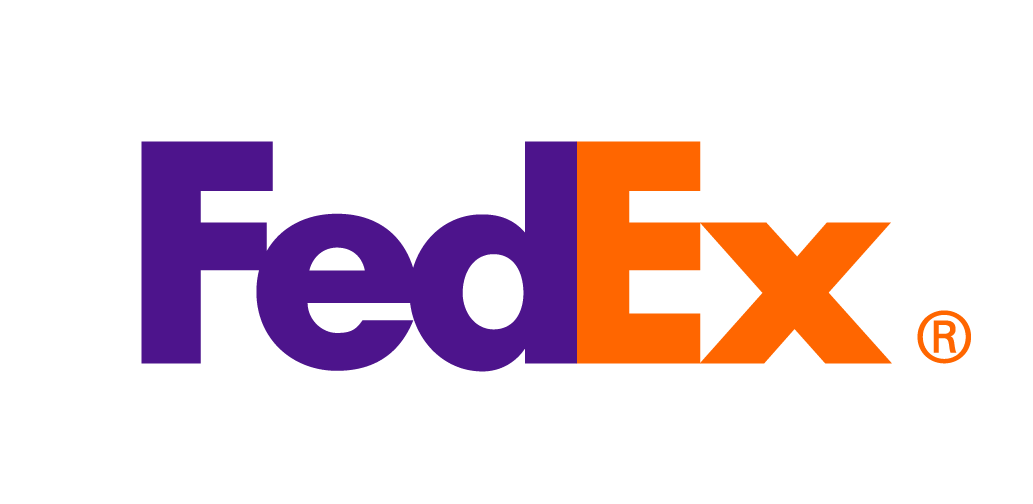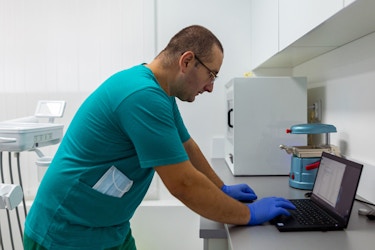
Small businesses are often targeted in data breaches because they may lack the means to properly secure data. These data breaches, in which hackers gain access to sensitive company information like names, email addresses, and customer details, are a gateway to fraudulent activity.
“[A cyberthreat] is more likely to involve a simple deception using normal communications rather than a sophisticated attack on a business’s IT infrastructure,” explained Cindy Vestergaard, Vice President of Special Projects and External Relations at DataTrails. “Swapping minor details, such as one letter in an email address or physical address, is all it can take.”
Understanding data provenance — the documented trail of a piece of data’s origin and the changes the data have undergone — can be a key tool in the fight against fraud, especially when it involves the manipulation and exploitation of data and documents.
“[Data provenance allows] businesses to detect anomalies and respond to fraudulent activities early, minimizing damage from phishing attacks and counterfeit documents,” Vestergaard told CO—.
Here’s how you can safeguard your company against fraud threats by understanding the source and evolution of your data.
[Read more: How to Protect Your Business Data in a Hybrid Workplace]
The growing prevalence and consequences of small business fraud
Small business fraud is a growing issue, and the consequences can be severe: A 2018 report by the Association of Certified Fraud Examiners found that an estimated $200,000 is lost by small businesses globally due to fraud.
A single instance of fraud can tarnish customer trust and result in legal issues or business closure, depending on the severity of the incident. Furthermore, the report states that 60% of all fraud losses that small businesses experience are not recuperated.
Despite the looming threat that fraud imposes, only a reported 58% of businesses perform fraud risk assessments. It’s important that small business owners recognize the prevalence of fraud and put preventive measures in place to protect their customers and operations.
[Data provenance allows] businesses to detect anomalies and respond to fraudulent activities early, minimizing damage from phishing attacks and counterfeit documents.
Cindy Vestergaard, Vice President of Special Projects and External Relations at DataTrails
The role of data provenance in fraud prevention
Data provenance can provide a major boost to small businesses to reduce their risk of cyberfraud. At its core, said Vestergaard, data provenance authenticates senders by evaluating digital signatures and certificates to check the integrity of documents, such as contracts, invoices, or shipping orders, to determine if they are legitimate or if they have been manipulated.
“Provenance data can reveal discrepancies in the editing history, alerting businesses to potential fraud,” she added. “A document that has been altered or created fraudulently will have an unclear or suspicious provenance trail.”
Any anomalies and unauthorized changes, which are common in phishing attacks and document fraud, can be quickly identified through a document’s provenance. For instance, you may find that an email originated from an unverified source or that a specific employee recently accessed a sensitive file or shared confidential information, said Vestergaard.
In short, data provenance can detect the early signs of phishing attacks and counterfeit document schemes so small businesses can take prompt action against them.
[Read more: 8 Best Practices for Keeping Customer Data Secure]
An example of how data provenance can stop fraud
Businesses often do not report the success of data provenance, much like they do not report when they are victims of fraud. In fact, in the United Kingdom, the National Crime Agency estimates that nearly 90% of fraud instances go underreported.
To illuminate the effectiveness data provenance has for small businesses, Vestergaard shared a hypothetical scenario involving a fake company called ABC Electronics:
ABC Electronics sources parts from various suppliers worldwide to assemble high-end electronic devices. There is a risk that counterfeit components could enter the supply chain, therefore, ABC needs to ensure the components they receive are genuine, meet quality standards, and have not been tampered with.
ABC implements a blockchain-based data provenance system in which each component is tagged and tracked with a unique digital identifier from the manufacturer to delivery to its assembly plant. ABC can instantly verify the history of each component, ensuring they come from the correct and trusted source.
If a counterfeit component is introduced into the supply chain, it would lack the correct transaction record on the blockchain ledger, signaling a problem before it enters the production line. The immutable record of transactions and the inability to introduce unverified data/components effectively prevent the introduction of counterfeit parts, protecting ABC Electronics from potential fraud.
By leveraging data provenance tools and incorporating them into their cybersecurity strategies, small businesses can create a formidable defense against the growing risks of data breaches and fraud.
CO— aims to bring you inspiration from leading respected experts. However, before making any business decision, you should consult a professional who can advise you based on your individual situation.
CO—is committed to helping you start, run and grow your small business. Learn more about the benefits of small business membership in the U.S. Chamber of Commerce, here.










